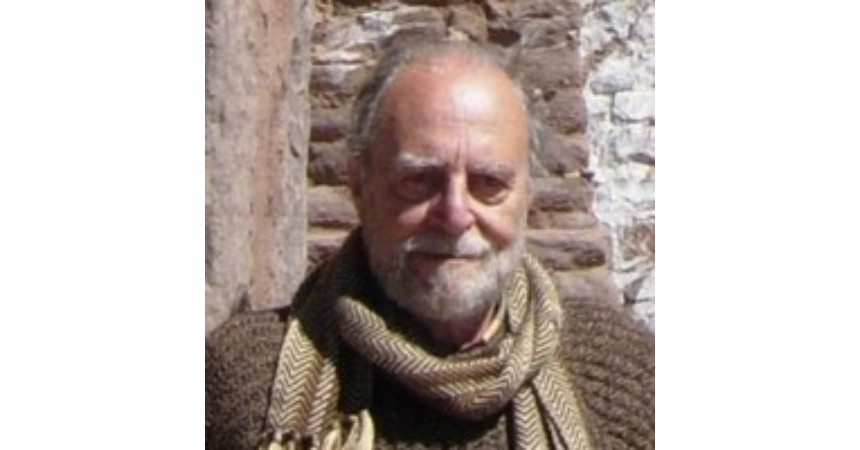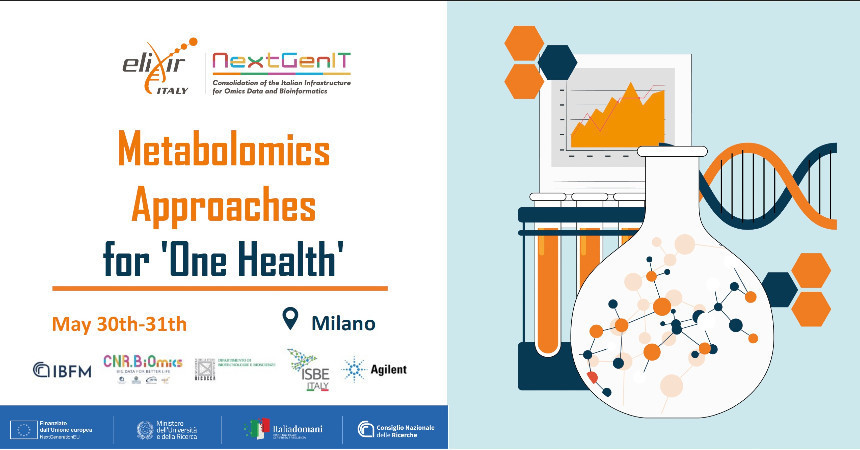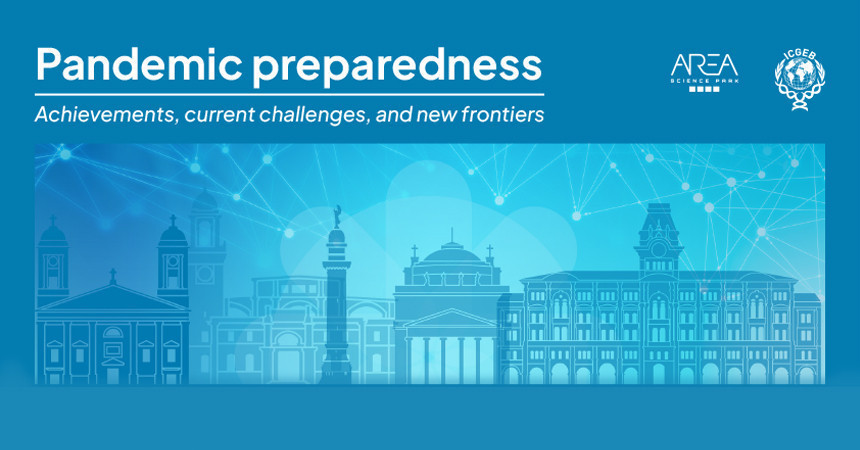Piero Cammarano, an excellent scientist and a remarkable person, passed away during the night of April 8th.
After receiving the title of MD from the University of Rome La Sapienza in 1959, Piero worked for three years at the Institute of General Pathology in the Medical School of the University of Milan before moving to the Department of Enzymology of the Biology Division at the Oak Ridge National Laboratory (Tennesee, USA). In 1965 Piero returned to Italy, first working one year as a guest scientist at the CNR International Institute of Genetics and Biophysics in Naples, then as a researcher in the CNEN (Comitato Nazionale Energia Nucleare) division of Animal Radiobiology near Rome (La Casaccia) where he organized and equipped a Laboratory of Molecular Biology. In 1980 he obtained a chair of “General Biology and Zoology” (later “Applied Biology”) at the Medical Faculty of the University of Rome La Sapienza, a position which he held until his retirement in 2007.
Piero was one of the first to “practice biochemistry without a license”, in a period when “Molecular Biology” was considered a blasphemous term by conservative, narrow-minded members of Italian academia. He was a pioneer in the study of ribosomes and protein synthesis in Italy and can be considered the founder of a school which now comprises different groups active in different parts of the country.
Of particular relevance is his physical and chemical characterization of chloroplast and mitochondrial ribosomes, which provided support for the hypothesis of the endosymbiotic origin of eukaryotic cell organelles. He was also the first to describe the unique properties of mitochondrial miniribosomes (55S) which contain a large proportion of proteins, unlike other ribosomes, 2/3 of whose mass is constituted by rRNA. Piero was interested in the evolution of the translational apparatus and his success in obtaining translationally active hybrid ribosomes constituted by heterologous subunits of plant and animal origin demonstrated the high degree of conservation of ribosomal structure. Furthermore, he was interested in understanding the molecular basis of thermal stability and studied the temperature dependence of ribosomal subunit reconstitution. Through comparison between ribosomes of hyperthermophilic bacteria and archaea and the finding that the translational apparatus of eukaryotic, bacterial and archaeal cells displays different antibiotic sensitivity, Piero demonstrated that archaea constitute a third domain of life, distinct from bacteria and eukarya. Through comparison of the sequences encoding universal translational factors such as procaryotic EF-Tu and EF-G and eukaryotic EF-1 and EF-2, he was able to reconstruct the initial events of cellular evolution.
Piero mastered the scientific method and spent a lot of time advising and tutoring his associates, following their work to make sure that the experiments were sound from the epistemological viewpoint and, whenever possible, “elegant”.
Aside from his scientific merits and accomplishments, Piero must be remembered for being a remarkable person. He despised the power, the short-sightedness and the arrogance of academic establishment, being thoroughly open-minded, progessive and exclusively driven by his intellectual curiosity and his quest for merit. Finally, it should be mentioned that Piero possessed a vast and deep-rooted culture, was an art lover and gifted with a remarkable sense of humor so that it was impossible not to remain fascinated by his conversation.





